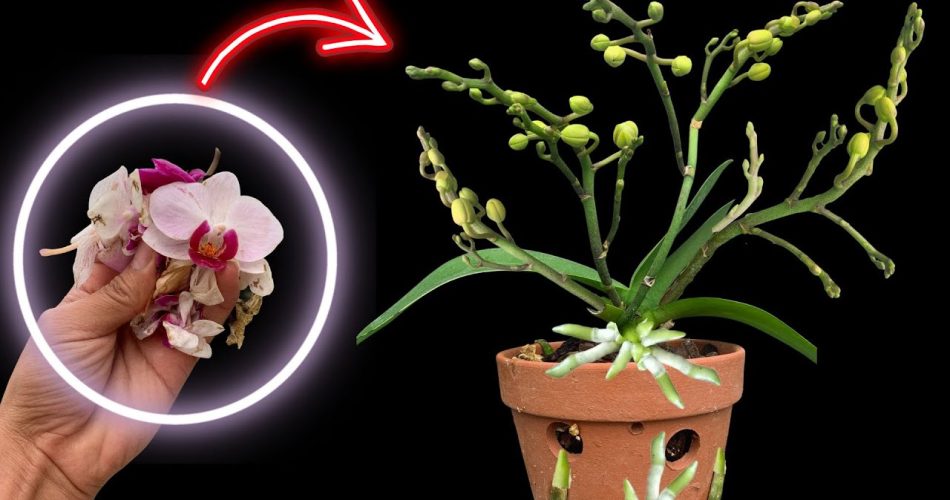The Art of Renewal: Resurrecting Brilliance with a Handful of Dead Flowers
In the intricate tapestry of gardening wisdom, there exists a little-known secret—a simple yet powerful practice that breathes new life into a fading flower garden. Surprisingly, a handful of dead flowers holds the key to reviving the brilliance of a once-vibrant garden. In this guide, we explore the transformative art of renewal, where the seemingly lifeless breathes vitality back into the heart of a flower garden.
The Garden Resurrection Method:
- Harvesting the Spent Blossoms: The magic begins with the gentle harvesting of spent or dead flowers. Instead of discarding these faded blooms, garden enthusiasts recognize their hidden potential and gather them with care. This seemingly ordinary act becomes the first step in a rejuvenation process that defies conventional expectations.
- Mulching and Nutrient Enrichment: The handful of dead flowers is strategically employed as a natural mulch. As these spent blossoms decompose, they enrich the soil with valuable organic matter and nutrients. This mulching technique enhances soil fertility, creating an optimal environment for new growth.
- Microbial Activity Boost: The decomposition of dead flowers introduces a surge of microbial activity in the soil. This increased microbial presence aids in breaking down organic matter, releasing essential nutrients, and fostering a healthy and nutrient-rich soil ecosystem.
Immediate Effects:
- Soil Rejuvenation: The mulching action of the dead flowers contributes to the rejuvenation of the soil. As they decompose, they enhance soil structure, improve water retention, and create an environment conducive to robust plant growth.
- Nutrient Infusion: The decomposition process releases nutrients back into the soil, providing plants with a natural and organic source of nourishment. This infusion of nutrients encourages vibrant and healthy growth, restoring the brilliance of the flower garden.
Practical Tips:
- Even Distribution of Dead Flowers: When employing this method, ensure an even distribution of dead flowers across the garden. This promotes uniform soil enrichment and maximizes the benefits of the natural mulching process.
- Combine with Additional Organic Matter: For an added boost, consider combining the dead flowers with other organic matter, such as compost or well-rotted manure. This synergistic approach enhances the overall nutrient content and microbial activity in the soil.
The art of renewal, hidden within the simple act of using a handful of dead flowers, unveils a powerful strategy for revitalizing flower gardens. Gardeners embracing this natural and sustainable method witness the resurrection of brilliance as the soil becomes enriched, plants flourish, and the garden regains its vibrancy. In the garden rejuvenation journey, the handful of dead flowers becomes a symbol of transformation, proving that within the cycle of life and decay lies the key to sustained beauty in the ever-evolving tapestry of nature.




